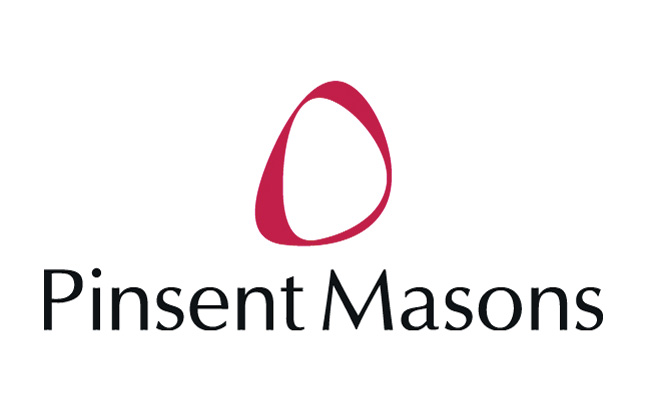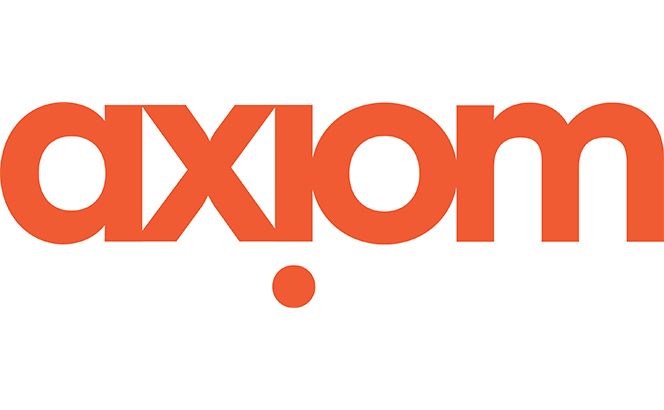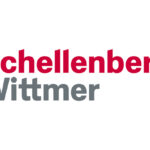
The unprecedented global events of the past three years and growing importance of advanced technologies, such as artificial intelligence, have highlighted the role of innovative solutions in addressing new challenges. These events, including the Covid-19 pandemic and green transition, as well as the present economic slowdown, have led businesses to evaluate risk management strategies and exploit every opportunity to maximise revenue and reduce costs.
The success of businesses in technology-rich sectors – such as life sciences and communications technologies – is often underpinned by robust intellectual property (IP) strategies. However, sound IP management strategies are not limited to one sector: they play a role in the success of all businesses.








